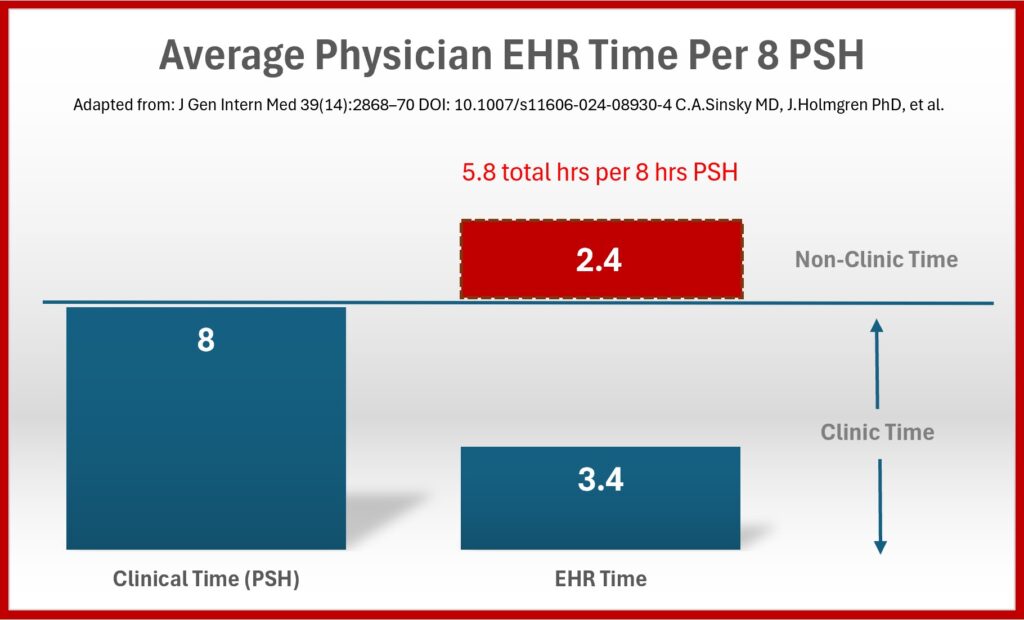Electronic Health Records: Advancing Care, Challenging Physicians
Electronic Health Records (EHRs) have transformed healthcare delivery, simultaneously enhancing patient care quality while presenting significant operational challenges for physicians. This summary examines the dual impact of EHR implementation in modern physician workflow.
Positive Impact on Patient Care
EHRs significantly enhance healthcare delivery through several key mechanisms. The centralization of patient data enables immediate access to comprehensive medical histories, facilitating informed clinical decision-making across multiple providers and facilities. This integration particularly benefits patients with complex or chronic conditions requiring coordinated care among specialists.
The systems’ capability to track patient outcomes systematically through vital signs, laboratory results, and treatment protocols enables more precise clinical assessments and treatment modifications. Furthermore, integrated electronic prescribing functionality substantially reduces medication errors through automated drug interaction checks and allergy alerts.
Physician Workflow Challenges
Despite their benefits, EHRs present substantial operational challenges for physicians. Documentation requirements often consume a disproportionate amount of clinical time, with physicians frequently spending equivalent or greater time on EHR documentation compared to direct patient care. A recent study using EHR data from over 200,000 physicians noted that, on average across all specialties, physicians spent nearly 6 hours per 8 hours of patient care time, referred to as patient-care scheduled hours (PSH), navigating their EHR. The study’s lead author, Christine Sinsky, MD, of the AMA noted that much of the time spent documenting is on non-clinical time.
The study delineated EHR time into the following activities:
- Clinical Notes
- Chart Review
- Orders
- Inbox
- Other
Noted by Dr. Sinsky was the fact that some EHR set-ups require dozens of clicks and numerous screen changes to do common tasks. “In my own clinical practice, it had taken 32 clicks to order and record having given a flu shot. This is just too many clicks.” Clearly, click reduction for the myriad tasks required for clinical care should be a priority.
“This is just too many clicks.”
The following additional factors are often cited by clinicians as contributors to this inefficiency:
Technical barriers include non-intuitive interfaces and complex navigation requirements impede efficient system utilization. Many platforms lack specialty-specific customization, forcing physicians to adapt their workflows to accommodate system limitations. Additionally, extensive administrative requirements for billing compliance and regulatory documentation divert attention from clinical care.
Recommended Improvements
Addressing these challenges requires a multifaceted approach, likely including:
- Implementation of user-centered interface design with specialty-specific customization
- Integration of advanced documentation tools, including voice recognition technology
- Comprehensive technical support and training programs
- Strategic redistribution of administrative tasks through support staff utilization and artificial intelligence implementation
As the accompanying chart shows, physicians average spending approximately 3.4 hours of EHR time while caring for patients and 2.4 hours outside an 8-hour block of scheduled patient care.

For additional information, please use the following links:
https://link.springer.com/article/10.1007/s11606-024-08930-4


















